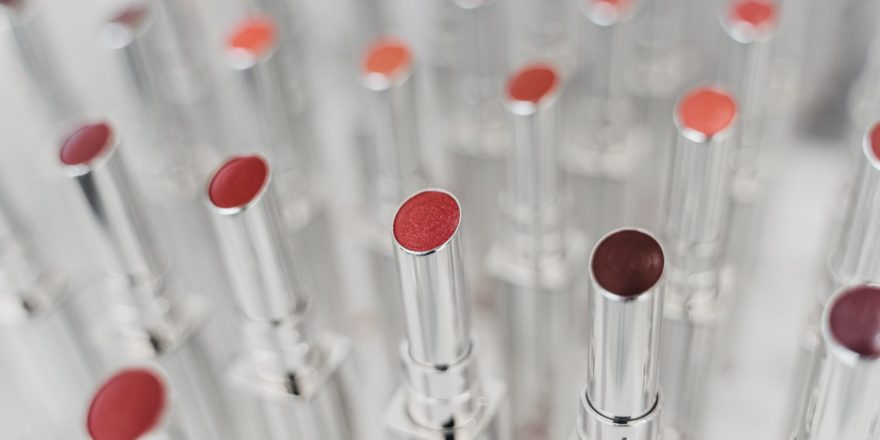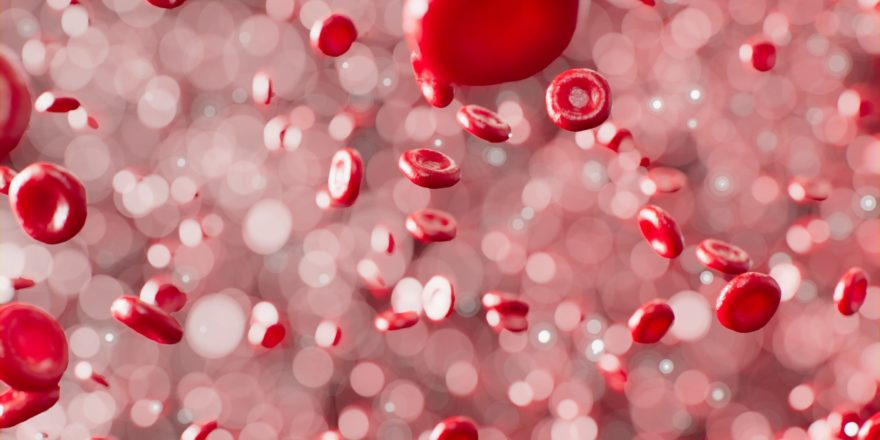Endometriosis has a variety of risk factors and these range from things you have no influence over (like genetics and hormone levels in the womb) to diet and what make-up you wear. While progress is slow in finding quick ways to diagnose endometriosis (typically four to eleven years from first reporting problems), we’re learning more about the...
Estrogens
High estrogen levels are a defining feature of endometriosis and are considered the most potent driver of the disease. Endometriosis nearly always stops growing when estrogen levels fall (at menopause or after medications), and the inflammatory action of estrogen is usually balanced by progesterone and testosterone. High estrogen levels are l...
Testosterone & Progesterone
Testosterone and progesterone levels and how the body responds to them are crucial elements in endometriosis. The relationship between testosterone and endometriosis occurs at two crucial points in life: when the baby girl is growing in the womb and later as an adult. Abnormally low testosterone levels in the womb increase a baby girl’s chanc...
Immune & Inflammation
Abnormal cells trigger an altered Immune state and inflammation, and these are core features and promoting factors for endometriosis growth. Inflammation and altered immune state are essential factors that allow endometriosis lesions to survive and grow. Immune imbalance and inflammation encourage each other, and in the case of endometriosis, ...
Chemicals
We live in an environment awash with novel chemicals, and most of the time, “out of sight is out of mind”. Most manufactured chemicals are designed to be as efficient as possible, or the properties that make them excellent for one task have unforeseen actions that affect our health. Nature is full of potent chemicals that make a difference, bu...



